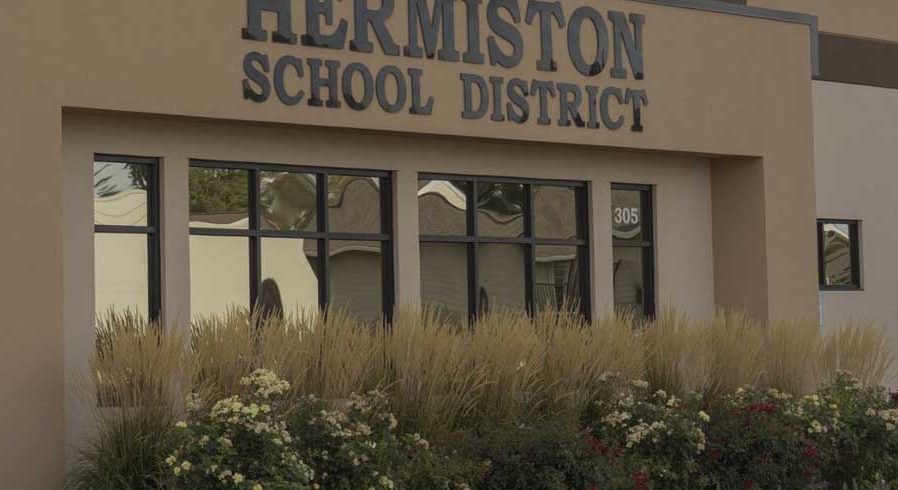e-Column: Icons move from desktop to Web sites
Published 6:00 am Sunday, January 4, 2004
The use of icons in a computer operating system allows for meaning to be placed in a small area; helping users easily remember what an application ‘looks like.’ So it’s no surprise that the practice has found its way onto the Web.
Many Web sites nowadays are using favicons, small images that appear next to URLs and graphically represent the site.
Favicon (pronounced fayv-eye-con) is a shortened, condensed term meaning favorites icon, with favorite being Microsoft’s term for a Web browser’s bookmark.
Microsoft’s Internet Explorer 5.0 for Windows was one of the first Web browsers to support favicons, which appear in the favorites directory, the location bar and on the desktop, taskbar or links bar (if you drag the favorite to any of those last three places).
A favicon must be created by the owner of a site. Once placed in the proper location, it will appear on every page within the site.
Most Web sites use their logo as their favicon: Wired News uses its “W” while Yahoo! uses “Y!” and eBay fits its whole name inside.
The size of a favicon is quite small, usually 16 pixels wide by 16 pixels tall, half the size of a standard Windows or Macintosh desktop icon. So many Web sites can’t fit even a short name like Amazon into such a small, square shape and use the first letter of their name instead; stylized, of course like Wired News’ “W” or Yahoo!’s “Y!”.
Most Web site designers like favicons because they allow them to customize the site even more, much the same way that instant messaging users can use custom “buddy icons” to give a small visual representation of what they like/who they are/etc. Also, different icons can be used on different pages or grouped areas in the site.
Favicons aren’t particularly utilitarian in nature, but they are handy for quickly finding a bookmark in a haystack. If you’re scrolling through a list of bookmarks, it’s easier to differentiate them when they have icons, especially if half of them say “Welcome to the home page of…” And since they also appear in the links toolbar, they can help you identify your most-used favorites even faster.
If you are not currently seeing favicons, it’s due to the browser you’re using. Versions 5.0 and 5.5 of Internet Explorer for Windows support favicons, but call them by a slightly more user-friendly name – shortcut icons. Version 6.0 has better support, though, in addition to numerous security fixes, so using that version is recommended over older ones.
And although MSN.com and MSNBC.com both have ‘shortcut icons’, Microsoft.com surprisingly does not.
Netscape 7 and Mozilla also support favicons and even display them in the tabs used in tabbed browsing, making that browser feature even more useful.
On the Macintosh side, Apple’s relatively new Safari browser for OS X also displays favicons.
If you have a Web site and you’d like to add a favicon, check out Microsoft’s instructions at http://msdn.microsoft.com/workshop/Author/dhtml/howto/ShortcutIcon.asp
And for even more information about favicons, visit http://www.favicon.com. But be forewarned that although there is a lot of information there, because of its .com domain, the site is designed to sell you custom-built favicons. Also, some of its information is wildly out of date.
They may not be the newest or greatest Internet feature, but favicons are a nifty addition to the Web.
Eddie Hargreaves was the Webmaster of EastOregonian.com and EONow.com and now works for SacObserver.com. He can be reached at meged@earthlink.net.





